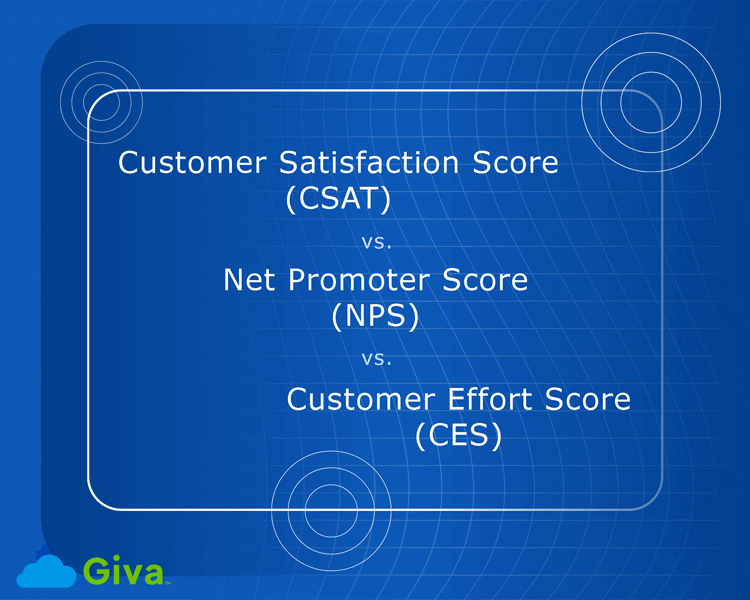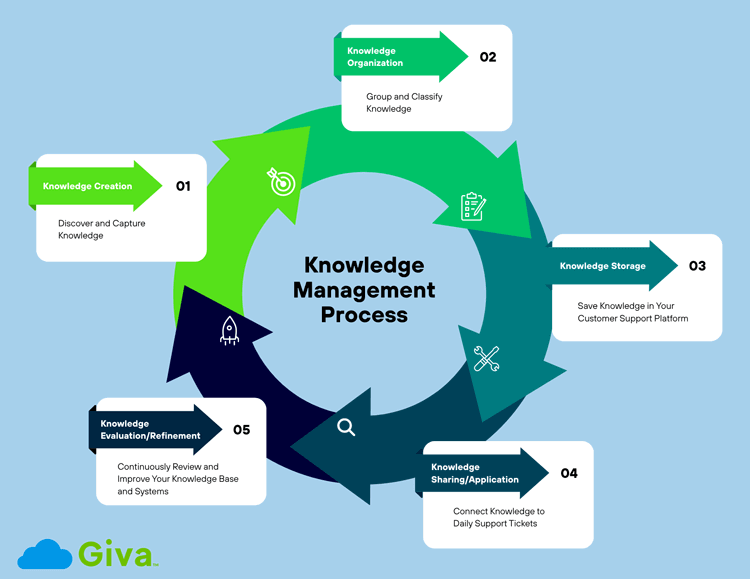Customer Effort Score (CES): How to Calculate and Improve It Plus Industry Benchmarks
What is Customer Effort Score?
Customer Effort Score (CES) is a customer experience survey metric that measures the perceived effort customers must exert to use a company's product or service. CES metrics are collected via surveys across various touchpoints in a customer's journey.
For example, you've just moved into a new home and need to set up a new account with the local utilities company. The effort you must invest, or the ease or difficulty of that process, will comprise the CES you submit for that service.
In addition to reflecting the perceived effort on behalf of the customers, analyzing CES metrics can reveal how efficient your operations are (or are not). And help find ways to lower costs and retain employees.

How Do You Calculate and Measure Customer Effort Score?
CES is all about tracking customers' perceived effort. Someone's perceived effort is reflected in their responses to a customer experience survey. Usually, the survey is delivered directly after the interaction.
For example, you can be redirected to a survey after a phone call, or a survey question can pop up in the customer service chat box after the agent has disconnected.
-
CES Formula
A Customer Effort Score can be calculated by summing all CES scores and dividing by the total number of responses.
CES = Sum of all CES / Total # of Responses
For example, you received 10 survey responses to your five-point CES scale: 2, 4, 4, 5, 3, 2, 3, 4, 4, 5.
So, (2+4+4+5+3+2+3+4+4+5) / 10 = (36) / 10
Therefore, your CES is 3.6 out of 5.
-
CES Survey Examples
A Likert scale accompanies the CES survey question. The precise language of a CES survey question may vary. Here are Customer Effort Score survey examples:
- How much effort did it take to get your issue resolved?
- How easy was it to solve your problem today?
- To what extent do you agree with the following statement: "The company made it easy for me to handle my issue."
- To what extent do you disagree with the following statement: "The agent made it easy for me to handle my issue."
While the questions themselves may vary from company to company, the goal remains the same: reduce the effort your customers need to exert when interacting with your company.
What is a Good CES Score?
With CES scores, the higher the better. High CES scores reflect that your customers believe doing business with your company is easier rather than harder.
A Customer Effort Score benchmark will depend on the precise scale you are deploying (e.g., a five or seven-point scale). CES scores may also vary based on the industry you're in, the type of interaction, and the wording you utilize.
- Industry and interaction variations: Industries with less complex interactions tend to have higher Customer Effort Scores (e.g., E-commerce), whereas highly technical industries tend to have lower scores (e.g., B2B support).
- Wording variations: The wording you select will determine whether you want a higher or lower CES. For example, if you're measuring "effort," you want a low score, but if you're measuring "ease", then higher is better.
CES Scales and Benchmarks |
||
Scale Type |
Description |
Customer Effort Score Benchmark |
Five-point scale |
1 to 5, with 1 representing the highest level of disagreement with the statement. |
4 or higher |
Seven-point scale |
1 to 7, with 1 representing the highest level of disagreement with the statement. |
5.5 or higher |
0 to 100 % agreement scale |
|
80% or higher |
Customer Effort Score Benchmarks By Industry
Customer effort levels can vary based on industry, scale type, question phrasing, and customer expectations. But it's helpful to work with some benchmark estimates.
Industry Type |
CES Scale |
CES Benchmark |
Utilities |
1-7 |
5.0 to 5.4 |
Government |
1-6 |
4.0 to 5.0 |
Healthcare |
1-7 |
5.0 to 5.6 |
Insurance |
1-5 |
4.0 to 4.4 |
Banking |
1-5 |
4.2 to 4.6 |
SaaS or B2B |
1-7 agreement scale |
5.5 to 6.2 |
What you might have noticed from this table is that no industry is perfect and that there is always room for improvement.
Further, industries needing more human involvement like healthcare or government typically have more complex processes, leading to slightly lower CES averages, whereas, e-commerce and SaaS companies leverage automation and self-service to reduce friction, resulting in higher CES benchmarks.
How To Improve Customer Effort Score Benchmarks
-
Streamline Your Customer Service Experience
Examine your typical customer journey and mitigate the friction in your process.
- Simplify transfers
- Eliminate redundant steps
- Offer callback options instead of waiting on hold
- Eliminate the need to repeat information between agents to decrease handle time
- Automatically route customers to the right department or skill set
-
Rely on Proactive Communication
If your customers are out of the loop on your products or services, they'll have to work harder. That's why proactive communication can help keep their experience low-effort.
For example, proactive alerts, updates, and confirmation emails are helpful. This is especially true for longer processes, such as returns or account approvals, or for complex problems that require ongoing troubleshooting.
-
Offer Nuanced Self-Service Options
One of the most effortless ways customers interact with your business is by self-service.
Therefore, it's critical to optimize your FAQ pages, AI chatbot technology, and knowledge bases like blogs. To do this, track customer interactions to identify where customers abandon self-service options.
-
Train and Coach Customer Service Agents
A lot of customer frustration and the ensuing effort stem from poorly trained agents who offer inconsistent or confusing support. Therefore, you can eliminate a lot of the extra effort by effectively onboarding and training personnel. Furthermore, you can remain invested in their performance through coaching.
-
Track CES Trends Over Time
To truly understand and improve your customer experience, it's essential to track Customer Effort Score trends over time.
Start by reviewing your CES data monthly or quarterly to identify recurring pain points or sudden changes in effort levels. For example, if your CES dips after a new product release or system update, that's a strong indicator that your process needs refinement.
Beyond tracking averages, look for trends across specific touchpoints, such as onboarding, billing, or support. This will help show you exactly where customers are experiencing unnecessary difficulties.
It's also helpful to view CES in light of other Key Performance Indicators (KPIs), such as First Contact Resolution (FCR), Average Handle Time (AHT), and Customer Satisfaction (CSAT). When you see high effort paired with low FCR or CSAT, you've found an area for improvement.
How to Run a CES Survey
With CES surveys, timing is everything. The goal is to deliver a CES survey at key touchpoints throughout a customer's journey.
- During support tickets
- Returns
- Purchases
- Onboarding flows
You want to deliver the CES survey quickly so the customer's experience remains fresh. You'll get the most valuable data when the customer can remember precisely how the interaction went.
Another important component to consider for running CES surveys is that you want to deliver the survey via the same channel through which the original interaction occurred. For example, if your customer service team interacts with customers by phone, the CES survey should be delivered by phone.
Other channels you can deliver CES surveys include email, chat, and directly through a product or service's app.
Add a Level of Nuance with a Follow-Up Prompt
One limitation of the CES metric is its single-touchpoint focus. It offers no contextual information and lacks the human element that customers inevitably bring to their interactions with businesses.
To overcome this limitation, you can inquire about the "why" behind your customers' responses. This can be accomplished by providing the opportunity to respond to an open-ended follow-up survey prompt.
For example, you can ask, "Tell us why you gave that score."
Software That Helps Calculate, Track, and Improve CES
Our hypothetical CES example from above, with ten survey responses, helped demonstrate a simple CES formula application, but let's be honest, it's not realistic. In real business, you're going to have exponentially more than ten responses, the math will be more complex, and collecting and analyzing the data will be cumbersome.
That is, unless you equip yourself with the best possible customer service software tools, like Giva's AI-Powered and HIPAA Compliant Customer Service Software. Giva's software is quick to set up. Once it's up and running, it facilitates real-time monitoring and reporting of your customers' experience.
-
Improve First-Contact Resolution and Response Times
You can have instant visibility of all customer service issues. This empowers customer service personnel and helps facilitate higher first-contact resolution rates and shorter response times.
-
Increase Customer Satisfaction with Proactive Issue Monitoring
With Giva's customer service software, you can rapidly identify problematic emerging trends in your customers' journey. This will allow you to take action before overall customer satisfaction is negatively affected.
-
Optimize Agent Performance
The software offers real-time data on agent performance. This helps managers adjust staffing, optimize workloads, and reassign tasks. The result is ensuring that all agents are as focused and productive as possible.
Low-Effort Customer Experiences Drive Customer Loyalty
Effort matters because it's a driver of customer loyalty (and disloyalty). According to Gartner, 96% of customers who exert high effort for a service become more disloyal compared to just 9% of customers who exert low effort.
But Why Else is CES Important?
- Better CES promotes positive word of mouth: customers are more likely to speak positively about low-effort companies than high-effort ones.
- CES is associated with repurchasing: customers tend to repurchase products using services that are effortless to use.
- Low-effort interactions cost less: customer service interactions with hold times, repeats, and channel switching cost the company more money and the customer more time.
- Employee retention can be better: employees are happier when a company's processes are efficient and streamlined. And happier employees stick around for longer.
Customers Deserve Low-Effort Experiences
Customer effort level is an indicator of how easy or difficult a company's services are. High-effort companies have clunky operations and obstacles like long wait times, repeats, and transfers. On the other hand, low-effort companies have streamlined processes that deliver effective customer service.
A low-effort experience is better for customers and your business. They deserve it. And you do too. Plus, who doesn't love a win-win combo?
Giva Can Help Your Customers Experience Less Effort
Giva's ticketing system, with customizable dashboards, and customer self-service portal have an easy-to-use and intuitive interface, allowing agents to quickly service customers, and customers themselves to self-serve.
AI Copilots for tickets and knowledge base summaries create an even smoother experience.
Let Giva partner with your support teams! Get a demo to see Giva's solutions in action, or start your own free, 30-day trial today!





